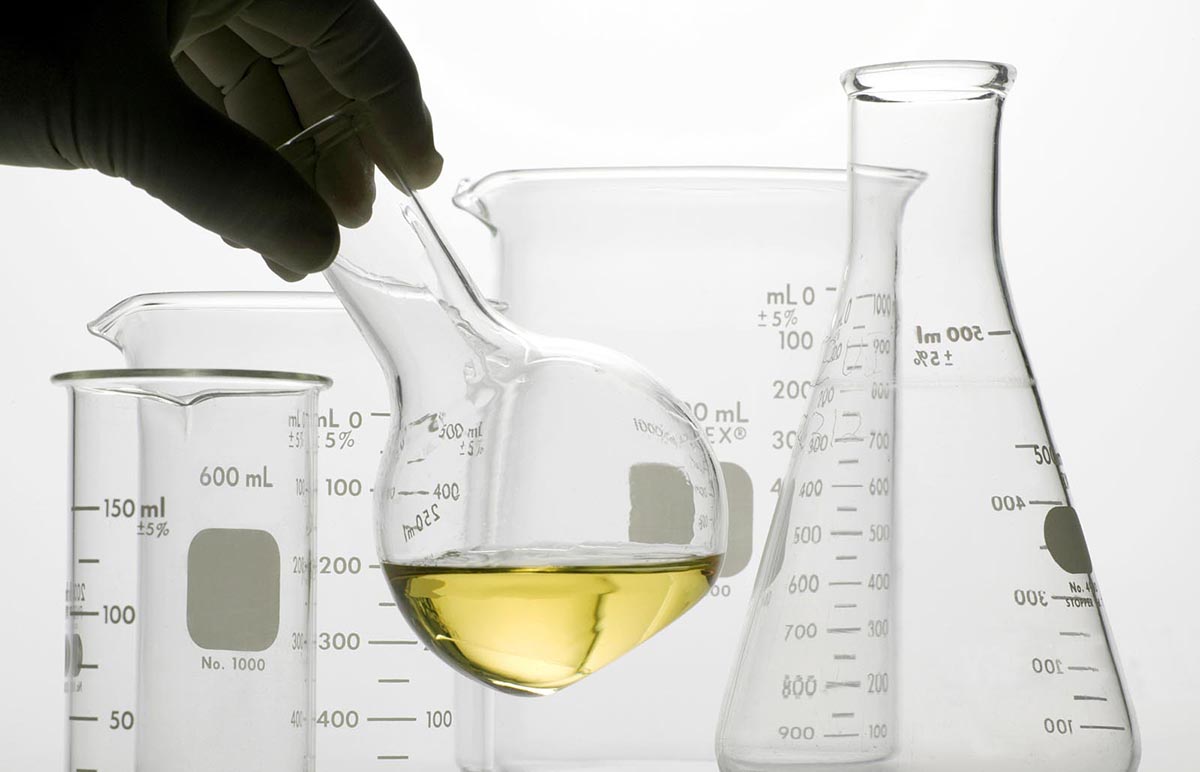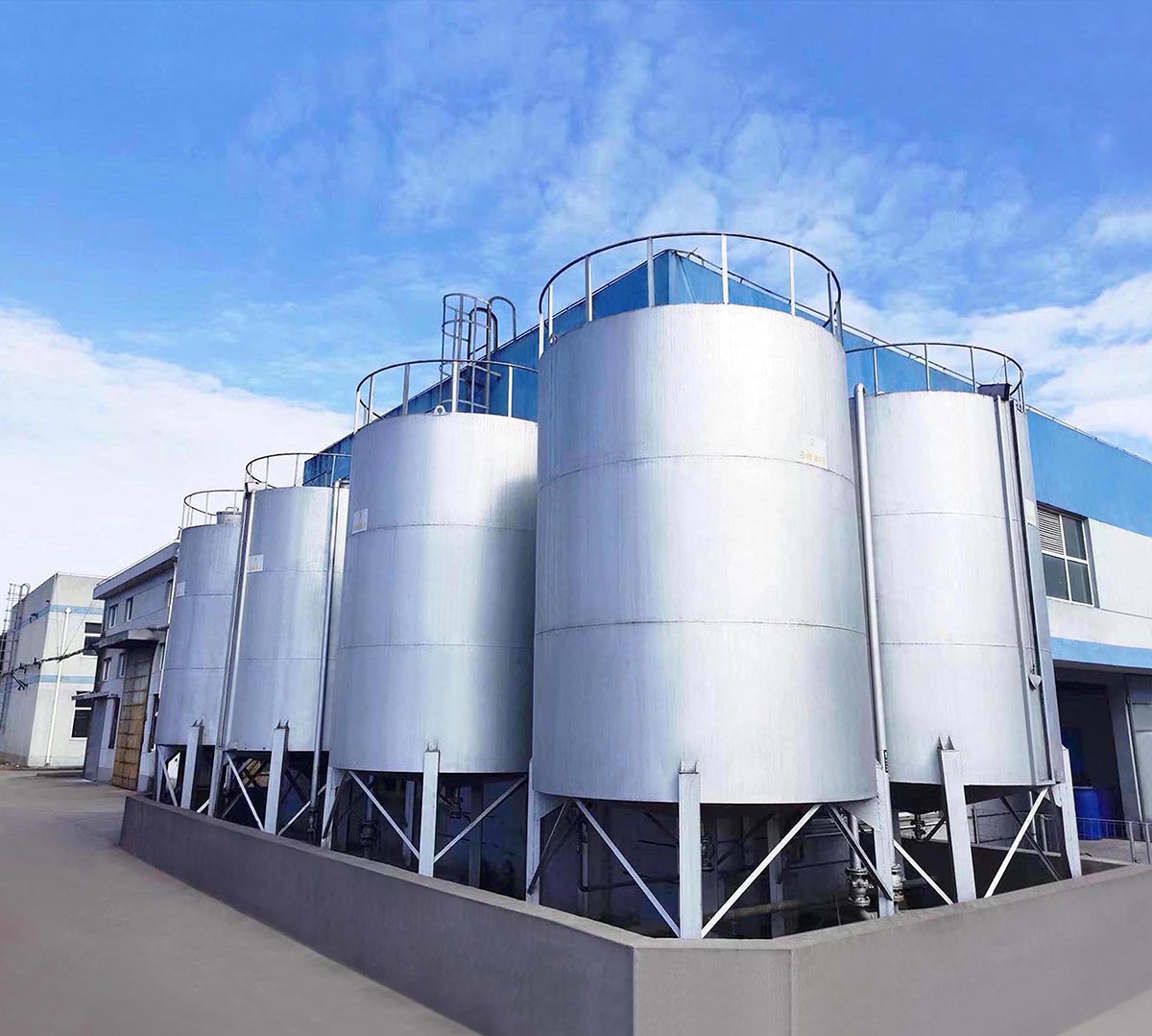When choosing a suitable PVC stabilizer for artificial leather, several factors related to the specific requirements of artificial leather need to be considered. Here are the key points:
1. Thermal Stability Requirements
Processing Temperature: Artificial leather is often processed at high temperatures. PVC stabilizers must be able to prevent the degradation of PVC at these temperatures. For example, in the calendering process, temperatures can reach 160 – 180°C. Metal – based stabilizers like calcium – zinc and barium – zinc stabilizers are good choices as they can effectively capture the hydrogen chloride released during PVC processing, thus enhancing thermal stability.
Long – term Heat Resistance: If the artificial leather is intended for applications where it will be exposed to high temperatures for extended periods, such as in car interiors, then stabilizers with excellent long – term heat resistance are needed. Organic tin stabilizers are known for their outstanding thermal stability and are suitable for such scenarios, although they are relatively expensive.
2. Color Stability Requirements
Prevention of Yellowing: Some artificial leathers, especially those with light colors, require strict control of color change. The stabilizer should have good anti – yellowing properties. For instance, liquid barium – zinc stabilizers with high – quality phosphites can help prevent yellowing by effectively scavenging free radicals and inhibiting oxidation reactions. In addition, antioxidants can be added to the stabilizer system to enhance color stability.
Transparency and Color Purity: For transparent or semi – transparent artificial leathers, the stabilizer should not affect the transparency and color purity of the material. Organic tin stabilizers are preferred in this case because they not only provide excellent thermal stability but also maintain the transparency of the PVC matrix.
3. Mechanical Properties Requirements
Flexibility and Tensile Strength: Artificial leather needs to have good flexibility and tensile strength. Stabilizers should not have a negative impact on these properties. Some stabilizers, such as metal – soap – based stabilizers, can also act as lubricants, which helps improve the processing performance of PVC and maintain the mechanical properties of the final product.
Wear Resistance: In applications where artificial leather is subject to frequent friction and wear, such as in furniture and clothing, the stabilizer should be able to work in conjunction with other additives to improve the wear resistance of the material. For example, by adding certain fillers and plasticizers along with the stabilizer, the surface hardness and wear resistance of the artificial leather can be enhanced.
4. Environmental and Health Requirements
Toxicity: With the increasing emphasis on environmental protection and human health, non – toxic stabilizers are in high demand. For artificial leather used in applications such as children’s products and clothing, heavy – metal – free stabilizers like calcium – zinc and rare – earth stabilizers are essential. These stabilizers are compliant with relevant environmental and health regulations.
Biodegradability: In some cases, there is a preference for biodegradable stabilizers to reduce the environmental impact. Although there are currently few fully biodegradable stabilizers available, research is ongoing in this area, and some stabilizers with partial biodegradability are being developed and evaluated for use in artificial leather.
5. Cost Considerations
Stabilizer Cost: The cost of stabilizers can vary significantly. While high – performance stabilizers like organic tin stabilizers offer excellent properties, they are relatively expensive. In contrast, calcium – zinc stabilizers provide a good balance between performance and cost and are widely used in the artificial leather industry. Manufacturers need to consider their production costs and the market price of their products when choosing stabilizers.
Overall Cost – effectiveness: It is not just the cost of the stabilizer itself that matters, but also its overall cost – effectiveness. A more expensive stabilizer that requires a lower dosage to achieve the same level of performance as a cheaper one may actually be more cost – effective in the long run. Additionally, factors such as reduced scrap rates and improved product quality due to the use of a particular stabilizer should be taken into account when evaluating cost – effectiveness.
In conclusion, selecting the right PVC stabilizer for artificial leather requires a comprehensive consideration of various factors, including thermal and color stability, mechanical properties, environmental and health requirements, as well as cost. By carefully evaluating these aspects and conducting experiments and tests, manufacturers can choose the most suitable stabilizer to meet the specific needs of their artificial leather products.
TOPJOY Chemical Company has always been committed to the research, development, and production of high-performance PVC stabilizer products. The professional R&D team of Topjoy Chemical Company keeps innovating, optimizing product formulations according to market demands and industry development trends, and providing better solutions for manufacturing enterprises. If you want to learn more information about PVC stabilizers, you are welcome to contact us at any time!
Post time: Jun-09-2025



